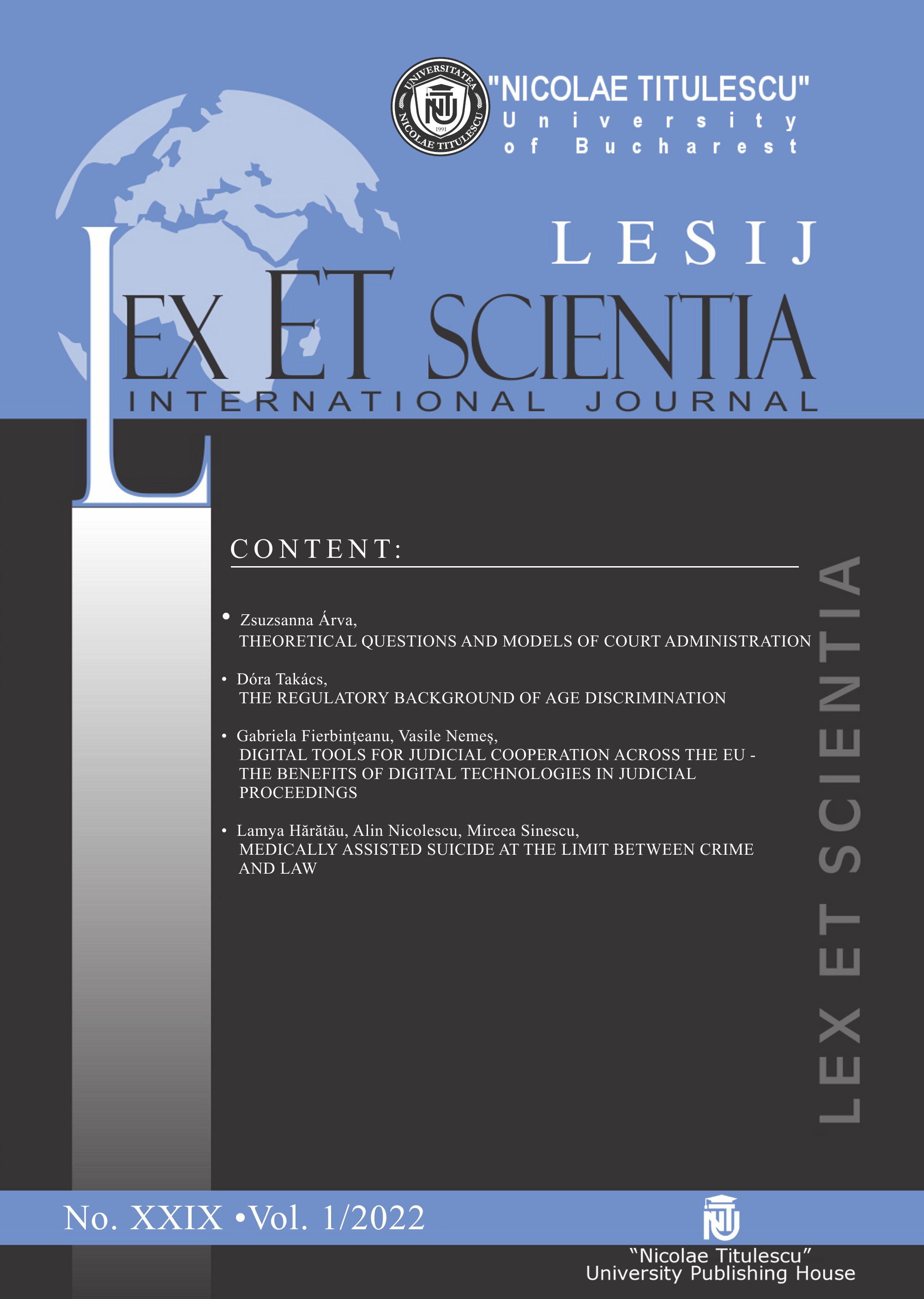NEW TRENDS IN EMPLOYMENT
NEW TRENDS IN EMPLOYMENT
Author(s): Dávid Adrián MátéSubject(s): Law, Constitution, Jurisprudence, ICT Information and Communications Technologies, EU-Legislation, Comparative Law, Labour and Social Security Law
Published by: Universitatea Nicolae Titulescu
Keywords: digitization; flexibility; atypical employment; platform work;
Summary/Abstract: Receantly, we have been hearing more and more about changes in the area of employment. All of these changes stem from one thing, namely digital change. In the world of work, technical progress has brought many changes that have a greater or lesser impact on labor law regulation and the employment relationship. These effects changed the work tools and the place to work and much more. Digital devices and the Internet allow for the global flow of labor, bridging geographical distances. Teleworking is an increasingly common form of work. The digital space has opened up many new opportunities in the labor market, which employers and employees are trying to exploit in a variety of ways. One of the most significant manifestations of this is the emergence of platform work forms and crowdwork. These new variants well reflect the tendency of the parties to create increasingly different forms of employment in the field of employment. It can be concluded, therefore, that we can see another wave of the fact that actors in the world of work are increasingly looking for atypical employment relationships both inside and outside labor law. In the present work, I want to map possible directions for the future of labor law. Among other things, I am looking for an answer to the question, what effect do new types of work have on labor law regulation? Is there a need for labor law renewal? What trends are expected in the future? Expanding the scope of atypical employment relationships, strengthening classical labor law, or possibly examining beyond it to take a closer look at the role of labor law embedded in the digital world. The nature of the regulation and the relationship between the parties is increasingly determined by the flexibility that has an impact the employee protected elements.
Journal: LESIJ - Lex ET Scientia International Journal
- Issue Year: XXIX/2022
- Issue No: 1
- Page Range: 97-110
- Page Count: 14
- Language: English

